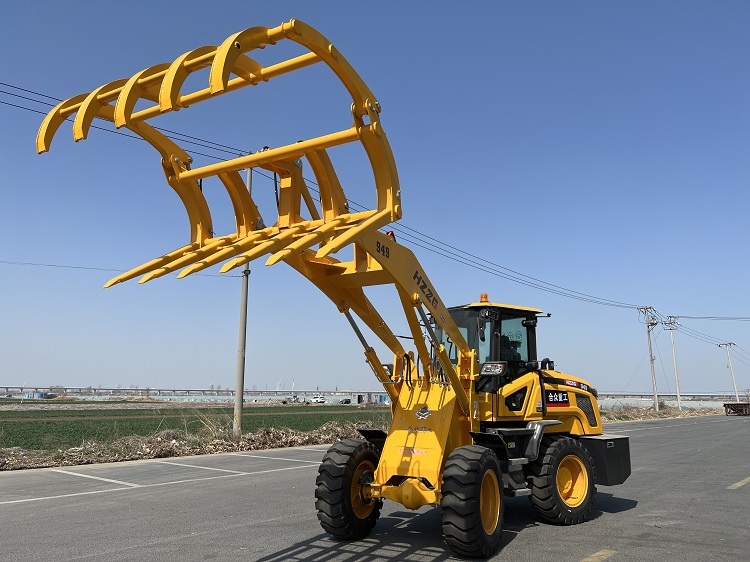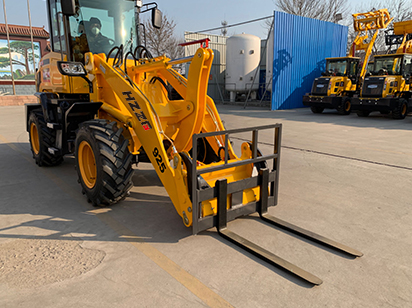1. Forks: An Essential Attachment for Wheel Loaders
– Forks are long, sturdy, and usually made of high-strength steel, designed to handle heavy loads.
– They are attached to the front of the wheel loader using quick hitch, making it easy to switch between different attachments.
– Forks come in different sizes and configurations to accommodate various materials and load requirements.
2. Material Handling Applications
– Forks on wheel loaders are commonly used in loading and unloading materials such as pallets, crates, and bulk goods.
– In the construction industry, forks are used to transport and stack building materials like bricks, blocks, and lumber.
– Forks are also utilized in agricultural settings for handling bales of hay, bags of grain, and other farm produce.
– In mining operations, forks are employed to move and load heavy materials like rocks, ores, and coal.
3. Advantages of Forks on Wheel Loaders
– Versatility: Forks can handle a wide range of materials, making them suitable for diverse applications.
– Efficiency: Forks enable quick and efficient loading and unloading of materials, reducing downtime and increasing productivity.
– Safety: Forks provide stability and secure grip on loads, minimizing the risk of accidents or materials falling during transport.
– Cost-effective: By utilizing a wheel loader with forks, businesses can eliminate the need for separate forklifts, resulting in cost savings.
– Flexibility: Forks can be adjusted or replaced with other attachments, such as buckets or grapples, allowing wheel loaders to perform multiple tasks.
4.Considerations for Fork Selection
– Load capacity: Forks should be chosen based on the maximum weight they need to handle to ensure safety and prevent damage to the equipment.
– Length and width: Fork dimensions should match the size of the materials being handled, ensuring proper stability and weight distribution.
– Tine design: Different tine designs, such as straight or tapered, are available based on the specific material handling requirements.
– Durability: Forks should be made of high-quality steel to withstand heavy loads and frequent use without bending or breaking.









